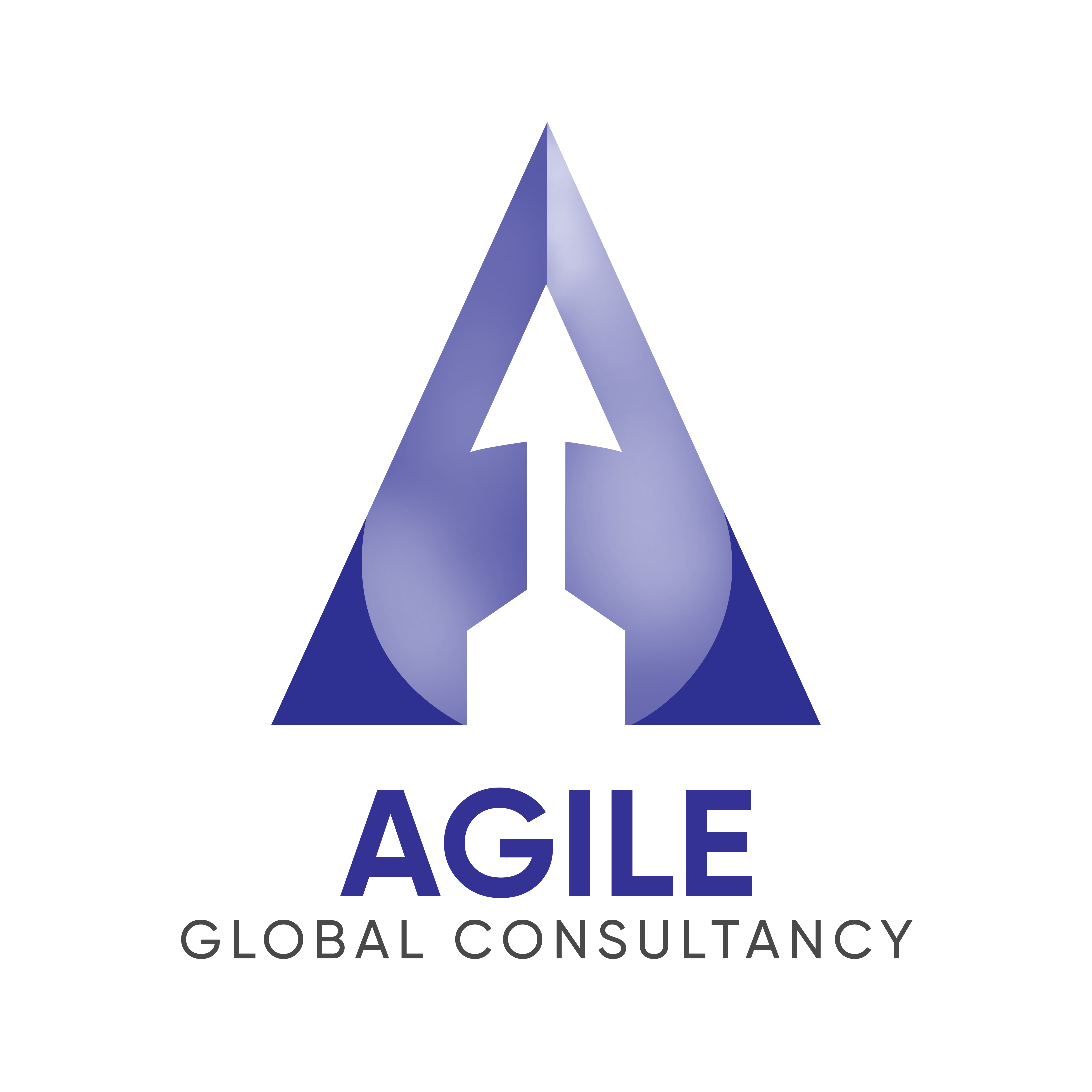
it’s essential to strike a balance between depth and clarity, catering to both novice investors and finance professionals. Utilize real-world examples, case studies, and interactive elements to illustrate key concepts and engage your audience effectively.
- Financial Statement Analysis: Explain the components of financial statements (income statement, balance sheet, cash flow statement) and how to interpret them to assess a company’s profitability, liquidity, solvency, and efficiency.
- Ratio Analysis: Discuss key financial ratios used to evaluate a company’s performance and financial health, including profitability ratios (e.g., ROE, ROA), liquidity ratios (e.g., current ratio, quick ratio), leverage ratios (e.g., debt-to-equity ratio), and efficiency ratios (e.g., inventory turnover, receivables turnover).
- DuPont Analysis: Explore the DuPont analysis framework, which breaks down return on equity (ROE) into its components (profit margin, asset turnover, and financial leverage) to provide insights into what’s driving a company’s profitability.
- Cash Flow Analysis: Highlight the importance of cash flow analysis in assessing a company’s ability to generate cash, meet its financial obligations, and fund future growth initiatives. Discuss cash flow from operating activities, investing activities, and financing activities.
- Risk Analysis: Explain different types of financial risks that businesses face, such as market risk, credit risk, liquidity risk, and operational risk. Discuss techniques for measuring and managing these risks, including value at risk (VaR), stress testing, and scenario analysis.
- Trend Analysis: Show how trend analysis can help identify patterns and changes in financial performance over time. Analyze historical financial data to spot trends in revenue growth, profit margins, expense ratios, and other key metrics.
- Comparative Analysis: Compare a company’s financial performance with its industry peers or competitors to assess its relative strengths and weaknesses. Discuss benchmarking techniques and industry-specific metrics.
- Valuation Methods: Introduce different valuation methods used to estimate the intrinsic value of a company or investment, including discounted cash flow (DCF) analysis, comparable company analysis (CCA), and precedent transactions analysis (PTA).
- Financial Modeling: Provide insights into financial modeling techniques used to forecast future financial performance, conduct scenario analysis, and assess the impact of strategic decisions on a company’s financial statements.
- Regulatory Compliance and Reporting: Discuss the regulatory requirements and accounting standards (e.g., GAAP, IFRS) that companies must comply with when preparing financial statements and reporting financial information to investors and regulators.
